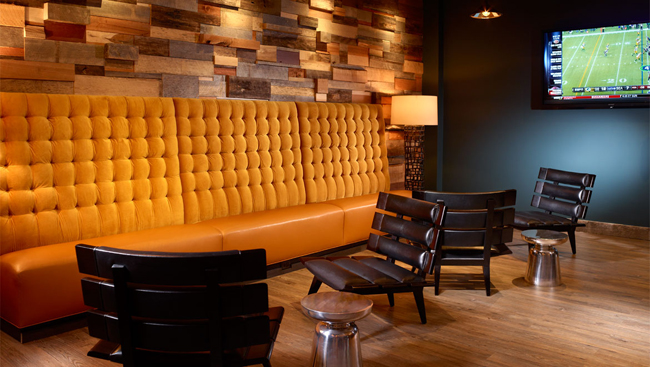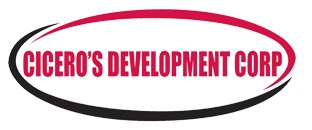
PLAINFIELD, IL, JANUARY 4, 2019 — New Year is the perfect time to check-in on hotel design trends. While some of these trends may only create ripples, others will set off tidal waves. Taken as a whole, these trends underscore that hotel design is no longer the simple task of creating a nice place to stay; it is a science of fashioning a truly distinctive guest experience that flows seamlessly from check-in to sleeping, to working, to dining, to entertainment.
According to Cicero's Development, one of the country's leading renovation contractors for the hospitatlity industry, here are six hotel trends emerging on the scene that will change the guest experience in 2019.
Trend one: Good-bye to the Cookie-Cutter Gone are the days where every room looked exactly the same, with identical furnishings and boring neutral colors. To create a unique hotel stay for guests, designers are giving each room its own individual personality through the use of diverse color palettes, furniture configurations, wallpaper, flooring, art, lamps and mix-and-match décor combining eclectic elements. Incorporating touches like local handmade decor, unexpected texture combinations, and even vintage fabrics in different rooms give travelers the aesthetic appeal they are chasing — both when they view photos of the room online and when they see it in person. Differentiating each and every room can become the signature calling card for a hotel, the primary way to set itself apart from big-box, no-frills standard hotels.
Trend Two: Keep it simple… and smaller Driven by the millennial demographic, hotel rooms are getting more basic, functional, and surprisingly, smaller. This trend is well suited for dense, urban markets where the boutique micro-hotel concept is popular. Millennials do not expect chests of drawers, sprawling sofas or even traditional closets in their rooms. Multi-purpose and collapsible furniture, built-in lighting, and smart design materials make small hotel rooms appear and feel larger. In exchange for smaller digs, guests receive a fun, affordable and energetic space to stay without sacrificing style or comfort.
Trend Three: The Lobby as Living Room While hotel rooms are being pared down, lobbies are going big. This emerging trend calls for the lobby area to be re-imagined as an oversized, sleek living room loaded with semi-enclosed spaces where guests can find privacy without feeling isolated. Think of today’s lobbies as a hotel’s social hub serving as a venue to explore various activities, from a business meet-and-greet to a video gaming competition. Interestingly, some of the most active users of modern hotel lobbies are not guests at all, but those who come in to frequent the coffee shop, collaborative workspaces, or other revenue-generating services. Besides décor, technology is transforming lobbies and bringing them to life with digital signage, DJ booths, vibrant sound systems, LED lights and, of course, lots of places to plug in.
Trend Four: The Power of Energy Efficiency This year will see more aggressive initiatives by hotels in their bid to reduce energy consumption. On average, hotels in the U.S. spend $2,196 per available room annually on energy. To offset utility expenses hotels will focus in 2019 on the expanded use of LED and natural lighting, motion sensors, automated temperature control systems, more efficient HVAC, and the use of alternative energy sources.
Trend Five: Reclaim, Re-use, Recycle Sustainable construction practices mean installing recycled building materials. Boutique hotels have been at the forefront of using reclaimed woods, metals, brickwork, and stonework in their aesthetic appeal. Not only does the practice reduce dependence on natural resources, it also raises the ante in terms of novelty and visual power.
Trend Six: Going Green(er) Ironically, after years of removing oversized planters from their lobbies, hotels are finding guests miss greenery as a backdrop for daily life. A new trend coined “biophilic design” calls for hotels to bring plants back into the fold to establish an enhanced connection for guests with nature. Biophilic design involves design elements as diverse as waterfalls, real stone and wood, exposure to natural lighting, vertical gardens, and clustered vegetation that together blur the boundaries between indoor and outdoor areas. According to its proponents, biophilic design acts as an "atmospheric stress-reliever" for urban overstimulation, nerve-racking interactions, and travel complications. Through the integration of biophilic design, a hotel sets itself apart from conventional hotel brands and cultivates an immersive guest experience.
No matter how large or small the impact of a trend, the hotels that will benefit from them the most are those that adapt their guest experience the fastest. This is something independent hotels, being agile and free of the inflexible standards characteristic of large chains, are in the best position to accomplish. However, forward-thinking large chains can also leverage emerging trends to find creative direction for their branding standards.


